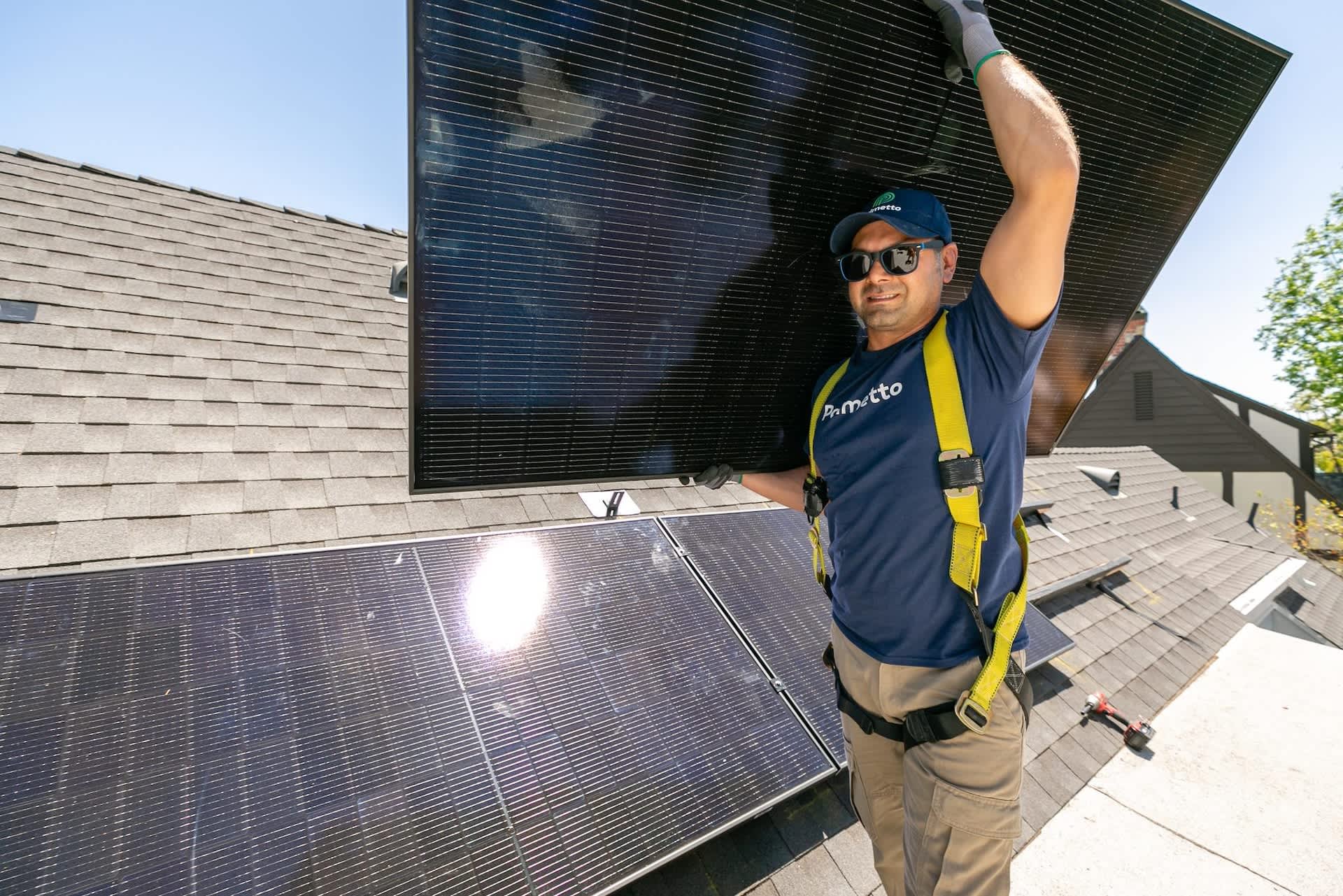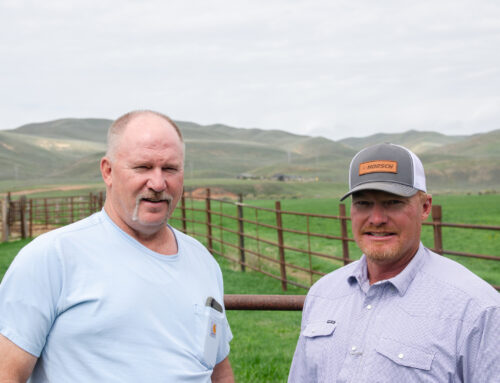Researchers solve 70-year-old flaw in pursuit of limitless energy machine: ‘It’s a paradig
May 31, 2025
Scientists solve the 70-year fusion flaw by making clean, cheap energy feel a lot closer.
A team of scientists just solved a fusion energy problem that’s held researchers back for nearly 70 years — and the fix could fast-track cheaper, cleaner electricity.
Fusion works by fusing atoms together to produce heat, just like the sun does. That heat can be used to make electricity without burning gas or coal and without creating long-lived nuclear waste. It’s clean, safe, and virtually limitless.
But fusion depends on super-hot plasma trapped inside magnetic fields. And for decades, one problem has stayed unsolved: high-energy particles kept slipping through gaps in those magnetic fields, draining energy and killing the reaction.
Now, researchers at the University of Texas at Austin, Los Alamos National Lab, and Type One Energy say they’ve cracked it. Their new method pinpoints and fixes those “holes” using a faster and more accurate approach, reducing design time for fusion reactors by up to 90%.
“What’s most exciting is that we’re solving something that’s been an open problem for almost 70 years,” said lead researcher Josh Burby. “It’s a paradigm shift in how we design these reactors.”
FROM OUR PARTNER
Can’t afford solar panels? Here’s how to get them without paying for purchase or installation
|
This discovery could jumpstart the development of stellarators — a fusion reactor design known for reliability and safety. Until now, they’ve been slow to build because of their complex magnetic systems. This fix removes that roadblock.
It could also improve tokamak designs, which face different risks. In tokamaks, poorly contained particles can damage the reactor walls. The new method helps engineers map and avoid those failure points before they become dangerous.
“There is currently no practical way to find a theoretical answer to the alpha-particle confinement question without our results,” Burby said. “Direct application of Newton’s laws is too expensive. Perturbation methods commit gross errors. Ours is the first theory that circumvents these pitfalls.”
Faster, safer design could lead to working reactors sooner than expected — a win for cities, power companies, and families stuck with rising energy costs. Fusion doesn’t rely on mining or drilling, and once it’s running, it’s far cheaper to maintain than dirty fuels.
TCD Picks » Quince Spotlight
????These best-sellers from Quince deliver affordable, sustainable luxury for all
Fewer dirty power plants mean less heat-trapping pollution and cleaner air, especially for neighborhoods near industrial sites. That also means fewer asthma attacks, fewer ER visits, and healthier communities.
Until fusion reaches your block, the easiest way to save money and support clean energy is at home. Installing solar panels can bring your energy costs close to $0. EnergySage makes it easy to compare quotes from vetted local installers and save up to $10,000.
Type One Energy is already building next-generation reactors using this new approach. Other companies, like TAE Technologies and Commonwealth Fusion Systems, are racing toward similar goals.
Join our free newsletter for weekly updates on the latest innovations improving our lives and shaping our future, and don’t miss this cool list of easy ways to help yourself while helping the planet.
Search
RECENT PRESS RELEASES
Related Post















